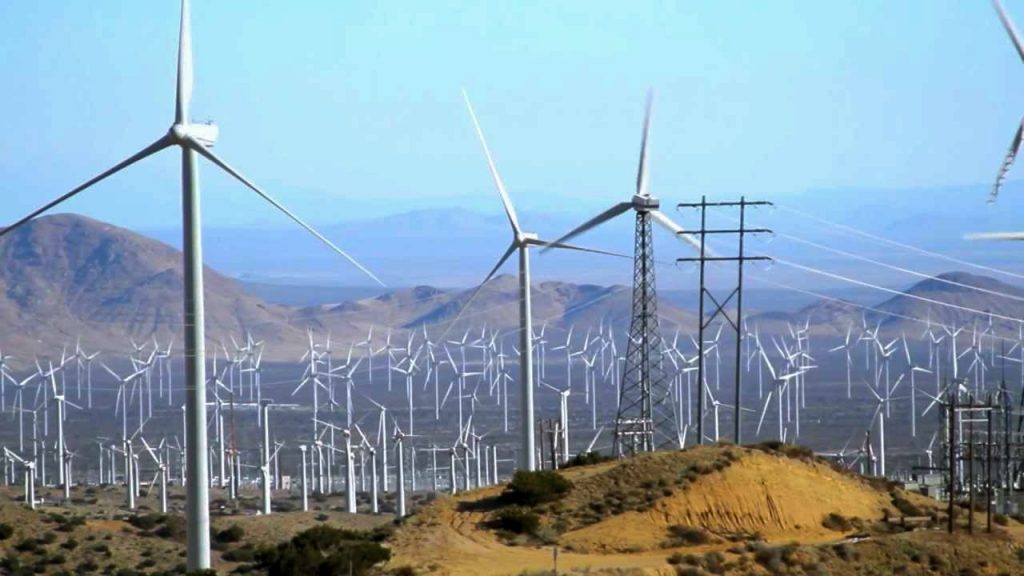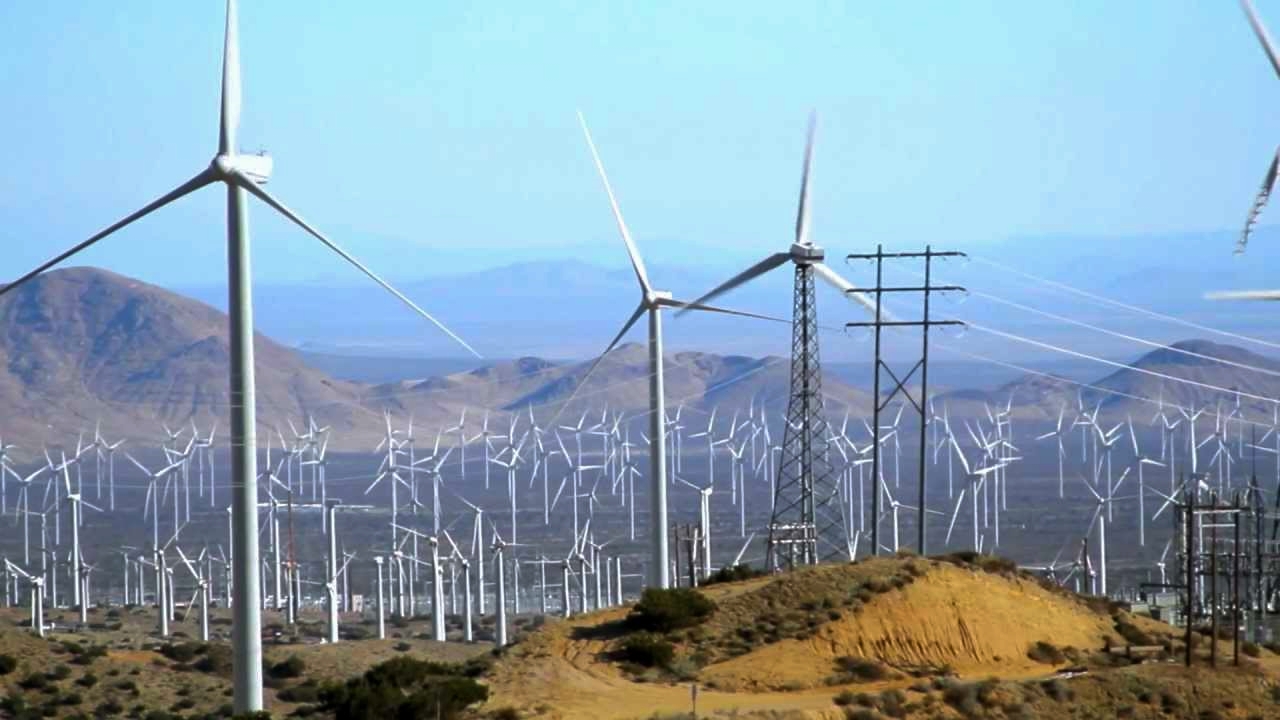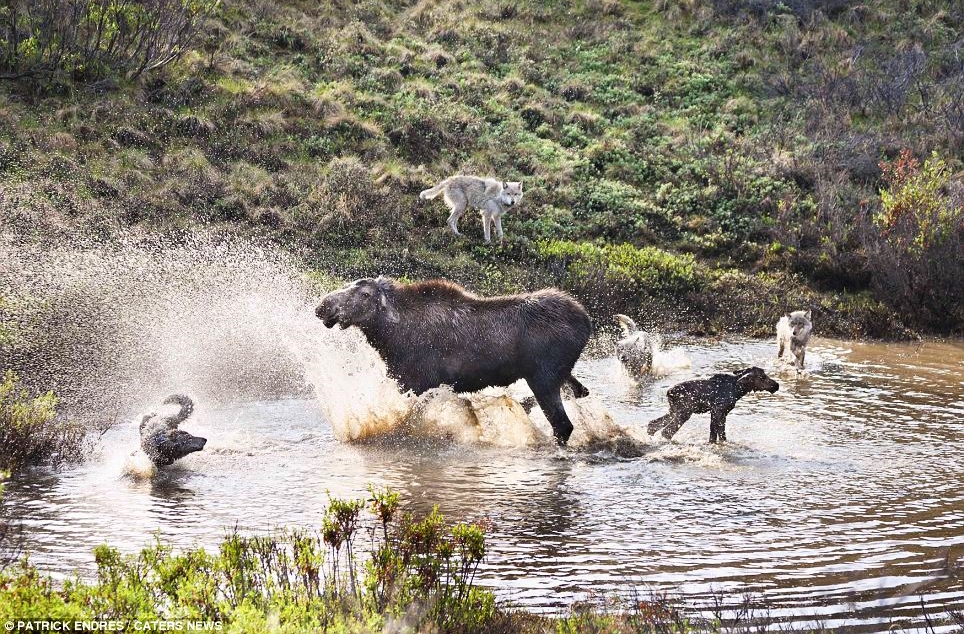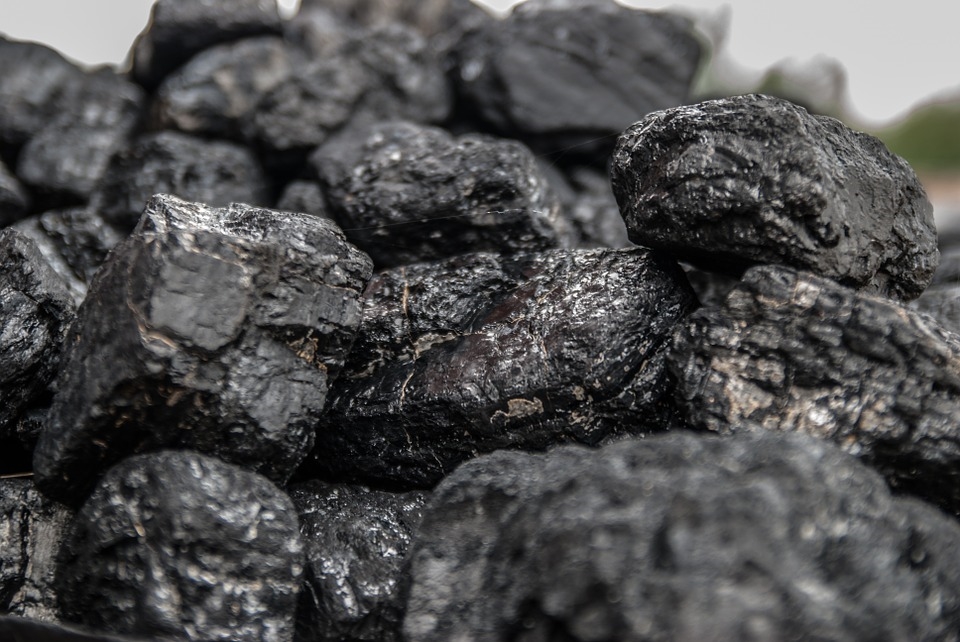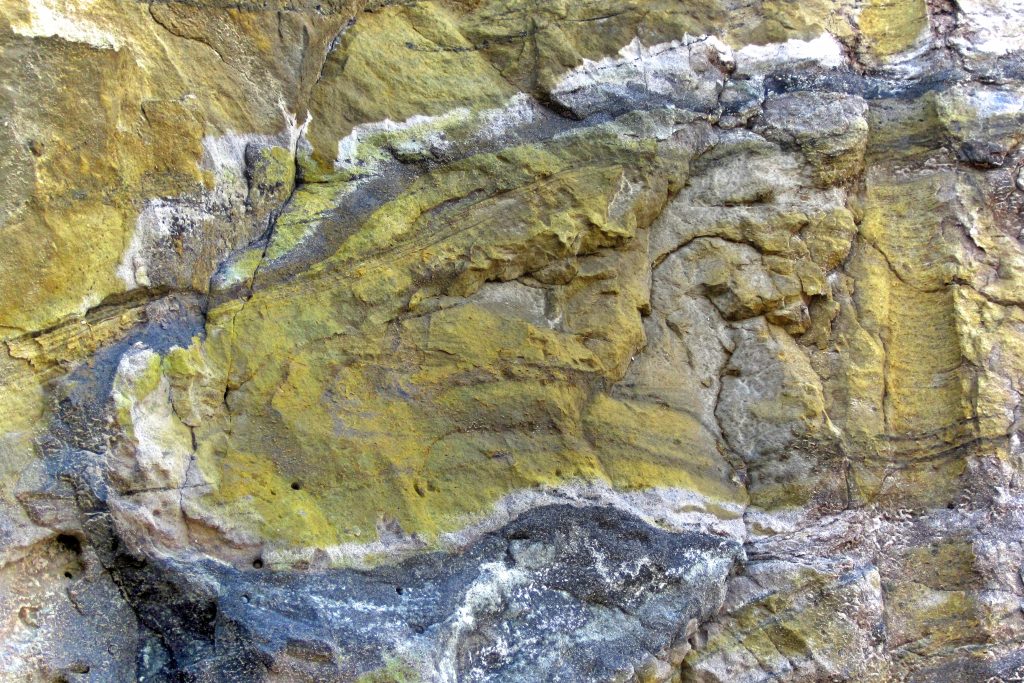Arizona is one of 27 states challenging the rule in court but was still holding talks in case the Clean Power Plan moved forward.
Trump’s election means that even if he does not succeed in rolling back the rule, he will appoint the Supreme Court justice who would likely break a tie between judges who would decide the rule’s fate.
President-elect Donald Trump’s plans to deconstruct U.S. EPA’s Clean Power Plan has some states that were still planning for the rule re-evaluating that choice.
Arizona’s Department of Environmental Quality on Thursday postponed its quarterly December meeting, “in light of the uncertainty regarding the future of the Clean Power Plan created by the election results,” according to an email from principal environmental scientist Steve Burr.
Arizona is one of 27 states challenging the rule in court but was still holding talks in case the Clean Power Plan moved forward.
Trump’s election means that even if he does not succeed in rolling back the rule, he will appoint the Supreme Court justice who would likely break a tie between judges who would decide the rule’s fate.
EPA spokeswoman Melissa Harrison sent a statement the agency has used since before Trump’s win that notes “many states have asked EPA to move forward with our outreach and to continue providing support and developing tools related to the Clean Power Plan.” She said EPA’s work is consistent with a Supreme Court freeze on implementing the rule and noted the agency will issue final model carbon trading rules once an interagency review is complete. EPA sent those rules to the White House on Nov. 3 (ClimateWire, Nov. 4).
Asked if nothing has changed since the election, Harrison said “that’s correct.” Trump’s transition team could land in agencies as soon as this week (Greenwire, Nov. 10).
Meanwhile, supportive states will be mulling their options following Trump’s win.
Minnesota’s Pollution Control Agency is rescheduling a meeting set for tomorrow.
“We need a bit more time to plan the agenda to make most effective use of everyone’s time,” said a stakeholder email from Melissa Kuskie, who was recently promoted from CPP coordinator to supervisor of the Agency Rules Unit.
In a message to E&E News, Kuskie said the change “isn’t code for an indefinite postponement.”
“The team will be aiming for a meeting in the next month or two, but just haven’t identified a date or anything yet,” Kuskie said.
Pennsylvania’s Department of Environmental Protection has continued to think through the rule, at the direction of Gov. Tom Wolf (D). DEP spokesman Neil Shader said the agency “is still awaiting the resolution of the Supreme Court stay on the Clean Power Plan; any future actions will be addressed at that time.”
He noted that in any case, “Pennsylvania’s carbon footprint has been shrinking rapidly due to market-based decisions being made in the state’s electric generating sector, particularly rapid switching toward natural gas. It is likely that this trend will continue.”
Shader said his agency will continue to seek ways to address climate change.
As Trump’s administration aims to rescind or weaken environmental rules, climate-friendly state leaders may focus more on carbon reductions outside the lens of the Clean Power Plan.
Coal states run by Republicans, however, welcomed Trump’s energy plans. Kentucky Gov. Matt Bevin (R) said he wants Trump to gut EPA. Kentucky Energy and Environment Cabinet spokesman John Mura noted the cabinet must uphold the laws, and the laws haven’t changed yet.
“As a regulator, the cabinet’s mission is not only to protect the health of everyone in the commonwealth but to work with those we regulate to ensure that Kentucky retains its ability to provide the low-cost and reliable electricity that makes the state competitive,” Mura said, according to a blog in the Courier-Journal.
Looking outside the Clean Power Plan
Days before Election Day, the National Governors Association issued a pair of white papers for its members on strategies to comply with the regulation.
One focuses exclusively on different options for carbon trading under the rule, but the other looks at opportunities for states to use energy efficiency to reduce carbon-cutting costs and achieve other benefits.
Sue Gander, environment, energy and transportation division director at the National Governors Association, said the second paper focuses on “‘no-regrets’ actions.”
“It’s really about what are things [that] makes sense to do to enhance energy efficiency regardless of how you view the Clean Power Plan or the courts end up viewing it or in this case of how the new president views the Clean Power Plan,” Gander said.
For states that are already pursuing energy efficiency programs or are considering such programs, “you’ve got some ideas here that can help them,” she said.
State electricity regulators meet this week in La Quinta, Calif. They will review a recently finalized manual on distributed power and options for designing customer rates and deciding how much utilities charge for rooftop solar generators to use the grid. The guide comes in light of fights around the country on state net-metering policies.
The meeting agenda includes a discussion on nuclear power’s role in limiting carbon emissions and a general talk on the Clean Power Plan by Doug Scott, a former Illinois regulator who now consults with states as vice president of strategic initiatives for the Great Plains Institute.
Emily Holden, Rod Kuckro
